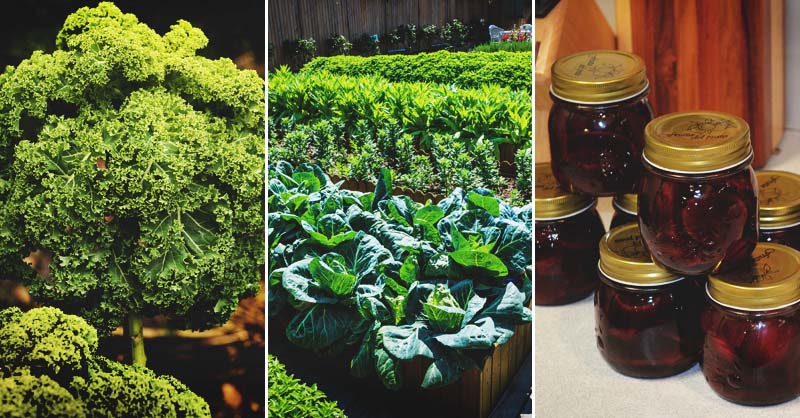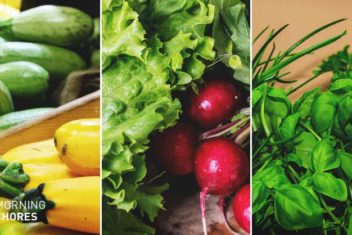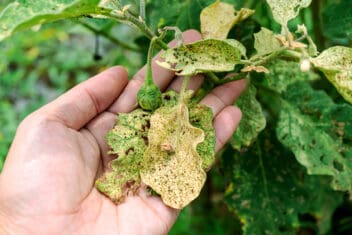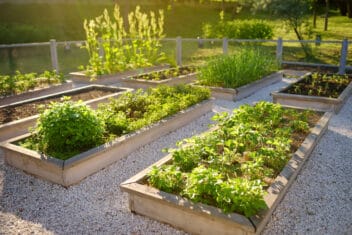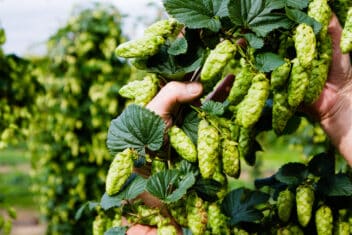At certain times of the year, we often suggest planting ‘cool weather crops.’
But do you know which plants fall under the category of ‘cool weather?’ And if they do fall into this category, when is it cool enough to plant them but not too cool to where it’ll damage the plants?
Where can these plants be grown, and how should you store them? These are valid questions, and to find gardening success with cool weather crops they must be answered.
Which is what I’ll be doing. I’m going to walk you through a list of cool weather crops, fill you in on their proper growing conditions, and give you some ideas for harvesting and proper storage conditions.
Here’s what you should know to find success with your fall or spring garden:
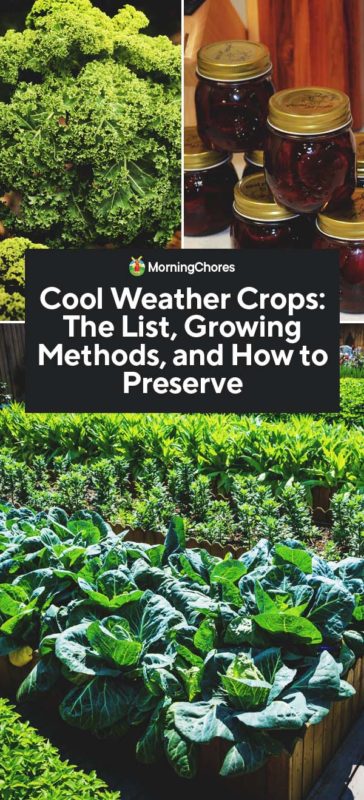
What Are Cool Weather Crops?
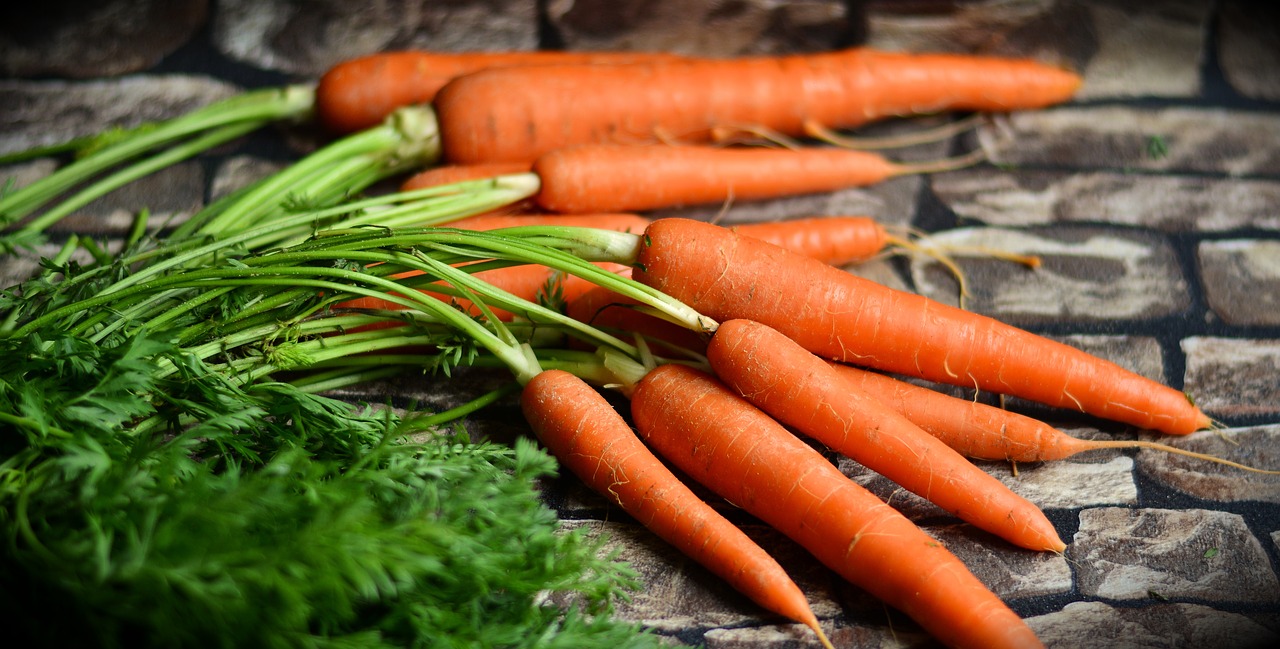
Cool weather crops are plants which grow best in cooler temperatures.
If they’re planted when the weather is too warm, they may not germinate, or they’ll bolt. (Bolt means the crops go to seed before they finish producing.)
These crops are ideal for your fall or winter gardens depending upon your location. If you live in a Northern climate, you may only be able to plant them in the spring, and it may still require growing them in a greenhouse, high tunnel, or cold frame because of the frost on the ground.
However, these crops may still be able to be incorporated into your summer garden if you live in an area where the weather doesn’t become too warm during the hottest part of the year.
If you live in a Southern climate, you should be able to raise these crops in both spring and fall because you have less of a chance of brutal weather setting in on your gardens.
Here are the crops you should consider growing when the weather cools off:
- Carrots
- Broccoli
- Kale
- Kohlrabi
- Cabbage
- Spinach
- Cauliflower
- Brussel sprouts
- Lettuce
- Collard greens
- Beets
- Asparagus
- Peas
- Radish
- Turnips
- Garlic
- Rhubarb
- Onions
- Chard
- Potatoes
- Celery
- Arugula
When Should They Be Grown?
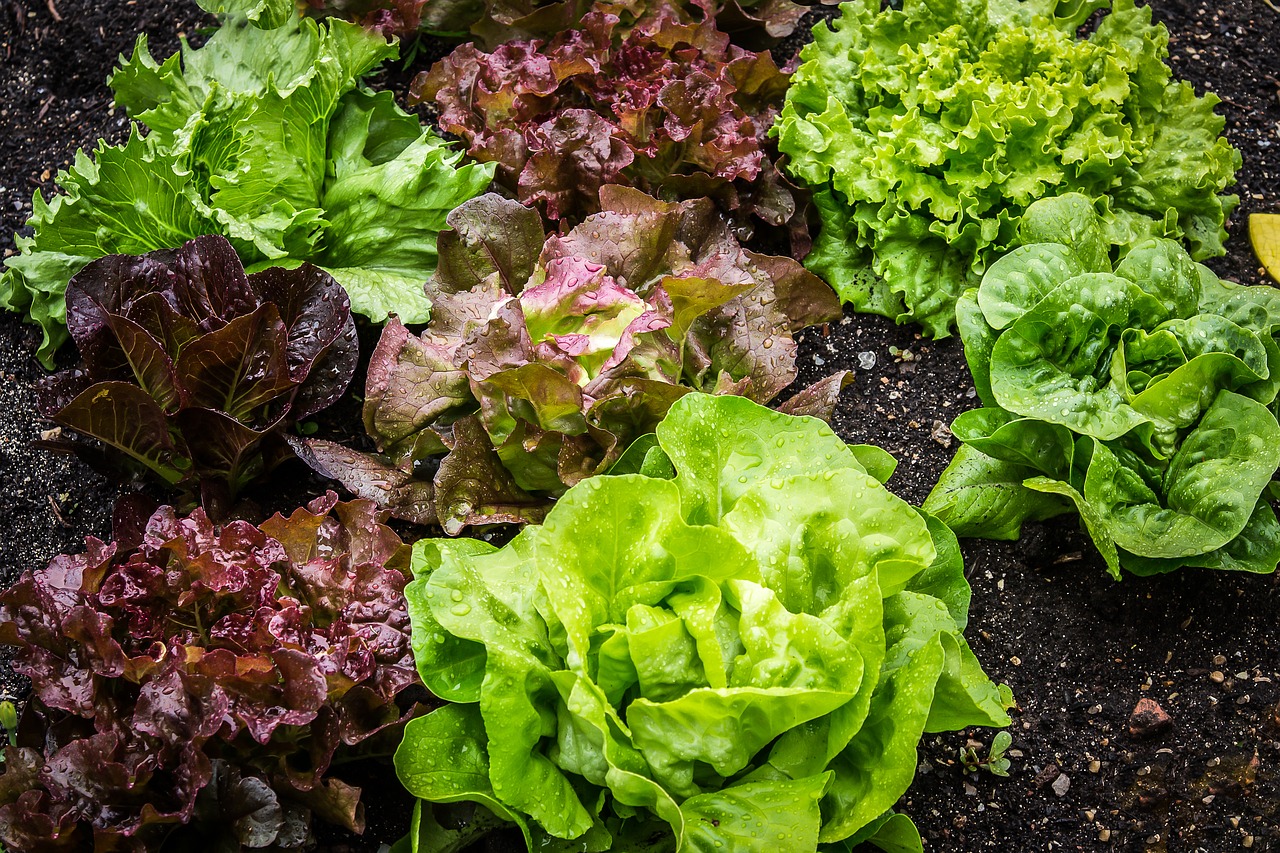
The best time to plant cool weather crops is when the temperatures are cooling off from the heat of summer or warming up from the frigid winter temps.
Keep in mind, it isn’t only about the temperatures you experience above ground, but the temperatures beneath the ground.
Soil temperature is how you will measure everything when deciding to plant cool weather crops. The ideal temperature is when the soil temperature is less than 70° Fahrenheit but above 40° Fahrenheit.
Some cool weather crops can handle temperatures a little cooler than 40°F, but the ground must be thawed and have workable soil before planting.
The biggest item you should look out for when growing cool weather crops is frost. Some crops will handle it better than others.
For instance, carrots become sweeter as frost arrives. Most root vegetables do well in frost because the actual plant is below the surface.
However, crops which are above the surface don’t seem to handle the frost as well.
Which Gardening Method is Best?
There are a variety of gardening methods to choose from, but which methods work best for cool weather crops?
Here are the methods you should consider for the two types of cool weather crops:
1. Root Vegetables
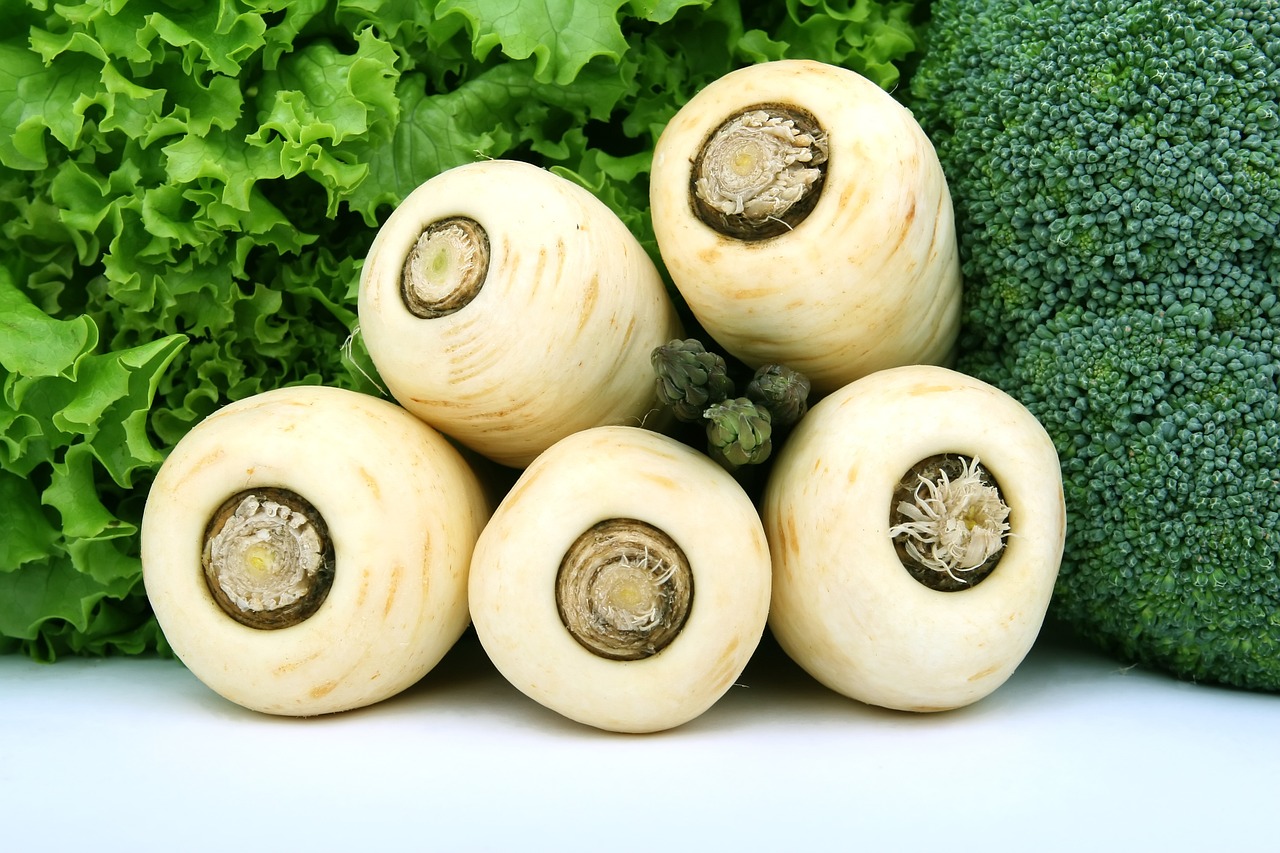
Root vegetables are wonderful to grow during cool weather because the weather above them rarely effects the overall harvest.
However, they need loose soil to be able to grow as large as they were meant to be. Therefore, container gardens and raised bed gardens are the best places to raise them.
It’s easy to work the soil and make it loose enough for the plants to dig down and sprawl out as needed. If you must plant them in the ground for a traditional style garden, make sure the soil is loose, or you won’t get much of a harvest from them.
2. Above Ground Crops
When it comes to choosing crops which grow above the ground in cooler weather, you don’t need to worry about how loose the soil is.
In most cases, they’re shallow-rooted crops, which makes them ideal for small or large gardens.
Therefore, if you’re working with limited space, these crops are ideal for container gardens or raised bed gardens.
If you have the room for a large traditional garden, they’ll work well in this setting too. Even if you grow a square foot garden, many of these crops will work well.
How to Store Cool Weather Crops After Harvest
The great thing about growing cool weather crops is the abundant ways to store them for later use. For leafy cool weather crops, these must be consumed immediately.
Crops such as lettuce or spinach, are best if you use the succession planting method. This will allow small amounts of the plants to come in at once. It makes it easier to consume and prevents waste.
Yet, if you’re producing other above ground crops or root crops, you have multiple ways to store them for later use:
1. Your Fridge
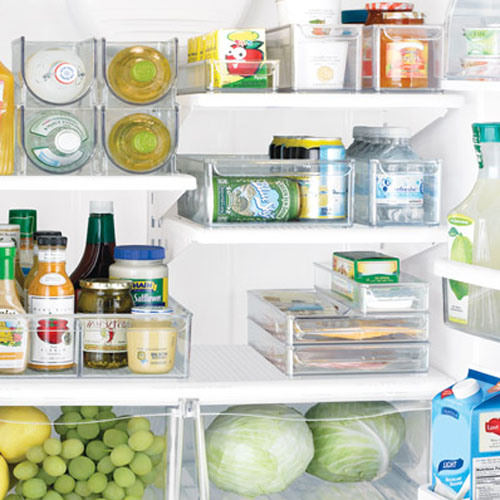
If you’re growing a small amount of each crop to eat as they come in, you may not need to put much work into preserving them.
Most cool weather crops do well if kept in your fridge for approximately five days. If your goal is to trim back your grocery budget by growing food for immediate use, your refrigerator is all you need.
2. Root Cellar
When you have the land or enough gardening methods in place which allows you to raise an abundance of cool weather crops, you may want to do more than store them in your refrigerator.
After all, you must have room for other food to go in your fridge. This is when a root cellar comes into play. It’s a cool, dry location which allows the food to stay fresh without actual refrigeration.
This will allow you to enjoy your harvest all year long. If you don’t have a root cellar, don’t sweat it. You can make easy, DIY root cellars or even transform your crawl space into a root cellar.
3. Preserve
The last way you can store your cool weather harvest is by preserving the food. There are many preservation methods you can choose from.
A few favorites which work well for cool weather crops are:
- Dehydrating
- Canning
- Freezing
- Pickling
Experiment with different food preservation methods and see which ones you like best and help keep your cool weather crops preserved for your enjoyment throughout the year.
4. Leave Them Be
When it comes to cool weather crops (especially the root crops), you can leave them in the ground for storage.
Be sure to harvest your above ground cool weather crops before the frost gets them, but don’t feel as though you must harvest them all at once.
Harvest as you need them. Know your frost dates and harvest them in full when the frost is coming or when you know the warmer weather is about to hit.
For root vegetables, you should harvest them as needed while the temperatures are still cool. As the warm weather comes around, you must get them out of the ground.
If it’s winter you’re worried about, stake the area where your root veggies are growing to be able to find them easier in the snow.
Make sure you mulch over the root crops to insulate them but leave them be until you need them.
You now know which crops are considered cool weather crops, the ideal temperatures for them to be grown, the ideal gardening methods for cool weather crops, and you have a few ways to store your harvest.
This should help you to have a successful year growing cool weather crops and hopefully get you back out in your garden sooner in the spring and help you stay in the garden longer in the fall.
Grow two extra gardens this year with confidence and enjoy your cool weather veggie harvest.

